Provincetown is America’s oldest continuous art colony. For over a hundred years, Provincetown has welcomed artists, poets, writers, playwrights, and curators to its community. The Provincetown Art Association and Museum (PAAM) might describe the arts legacy in Provincetown best:
“Provincetown has welcomed, nurtured and inspired artists . . . not just to create, but to connect with the town and its people. . . . Life in Provincetown has for the past 100+ years been charted by the interactions between these two groups — from destitute artists trading paintings for lodging . . . to fisherman offering a share of their day’s catch to provide a meal for an artist who might otherwise go without, to the walls of local cafes and homes lined with artwork given in exchange for simple kindnesses.”
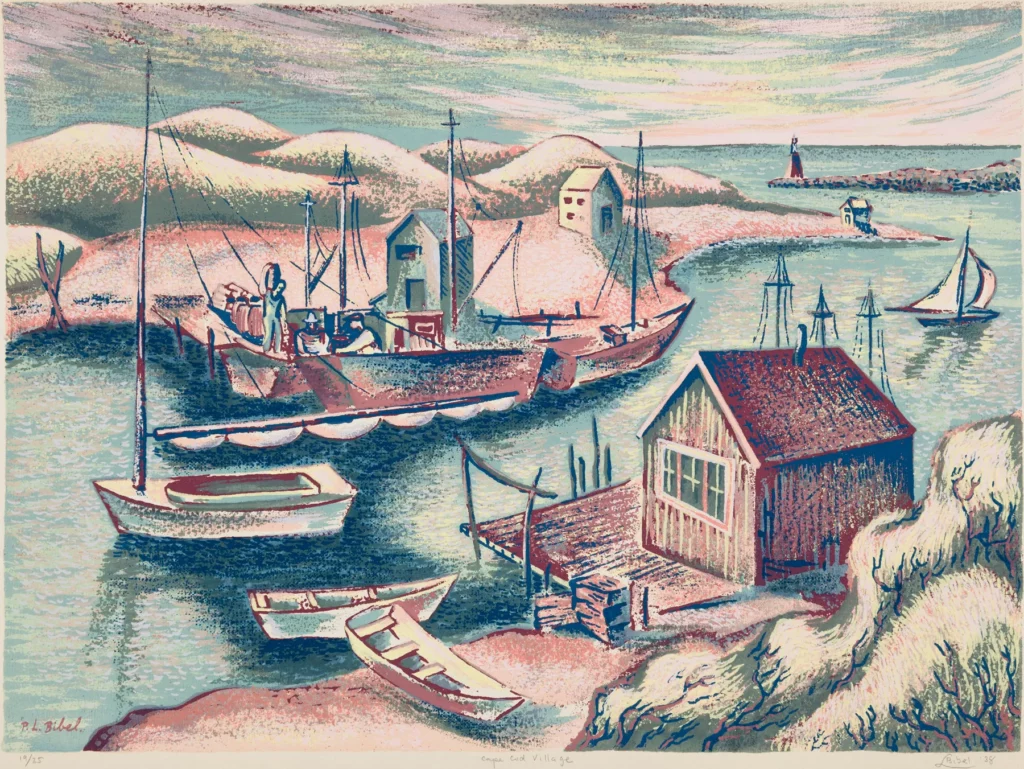
Why Provincetown? Artists and nature lovers began to congregate in this fishing village more than a century ago. It is a community of self-expression and individuality, a photogenic seaside town with a vibrant arts scene. You come for the beaches, the camaraderie and the nightlife, and you stay because of the beauty and the relaxed attitudes.
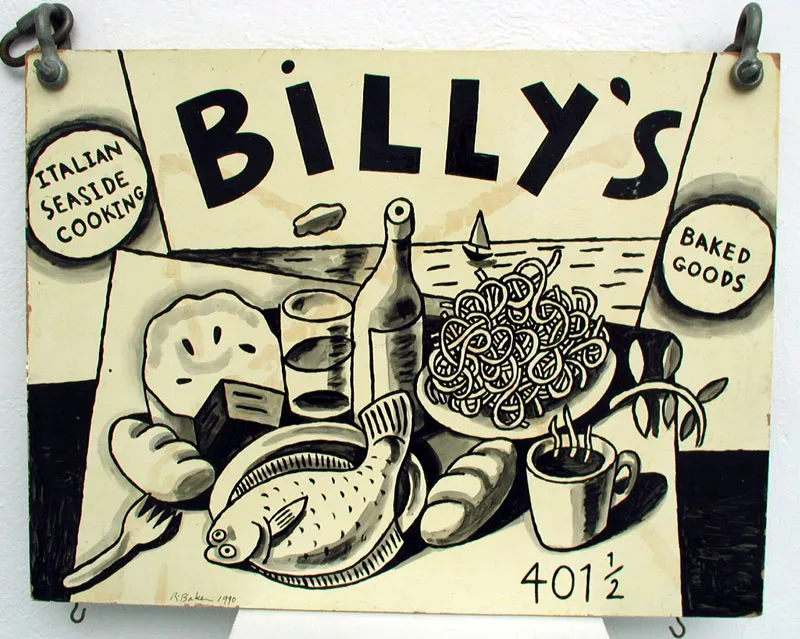
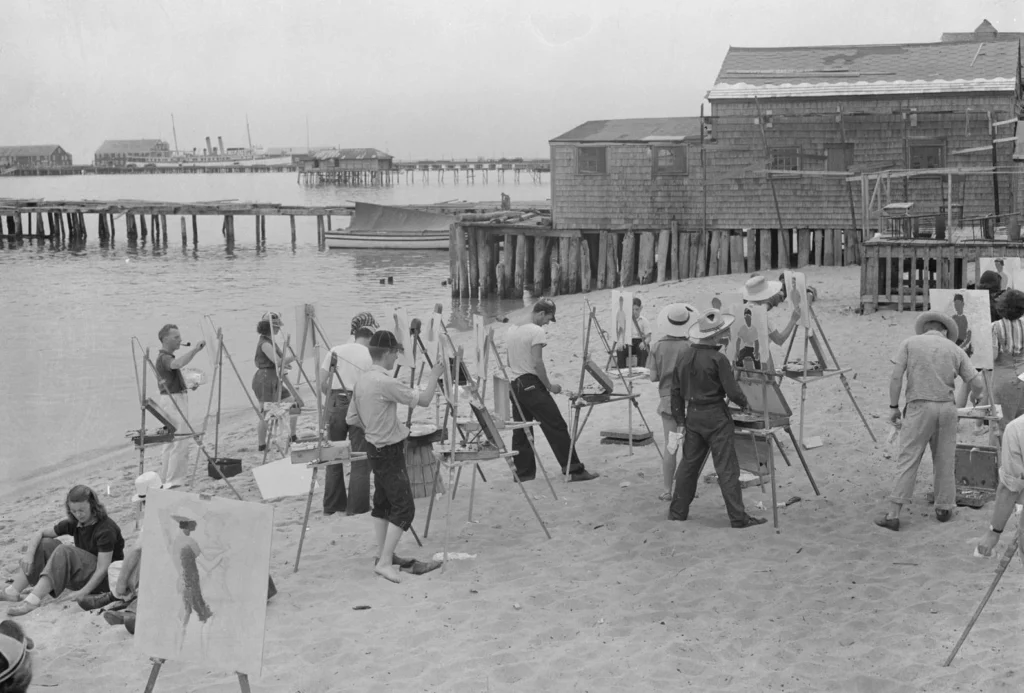
Provincetown’s art schools are the cornerstone of its art community. When Charles W. Hawthorne opened the Cape Cod School of Painting in 1899, he set the town on a new path. His school quickly attracted a community of writers and artists, who paid just $50 for a summer session. By 1916, the Boston Globe cemented the town’s reputation when it declared, “Biggest Art Colony in the World in Provincetown.” Later, the abstract expressionist Hans Hofmann opened another major art school, which he ran as a summer program. Hofmann already had an international reputation as an artist and teacher, and his classes and critiques drew vacationers and well-known artists alike, including Jackson Pollock and Mark Rothko. Today, a number of organizations continue to offer classes and workshops in town year-round, including the Cape School of Art, the Fine Art Works Center, and the Provincetown Art Association and Museum.
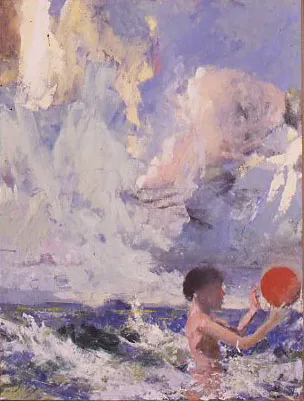
The Provincetown Art Association and Museum (PAAM) began showcasing local works more than 100 years ago, and has since expanded to include more than 3,000 works by artists who have lived or worked on the outer Cape.
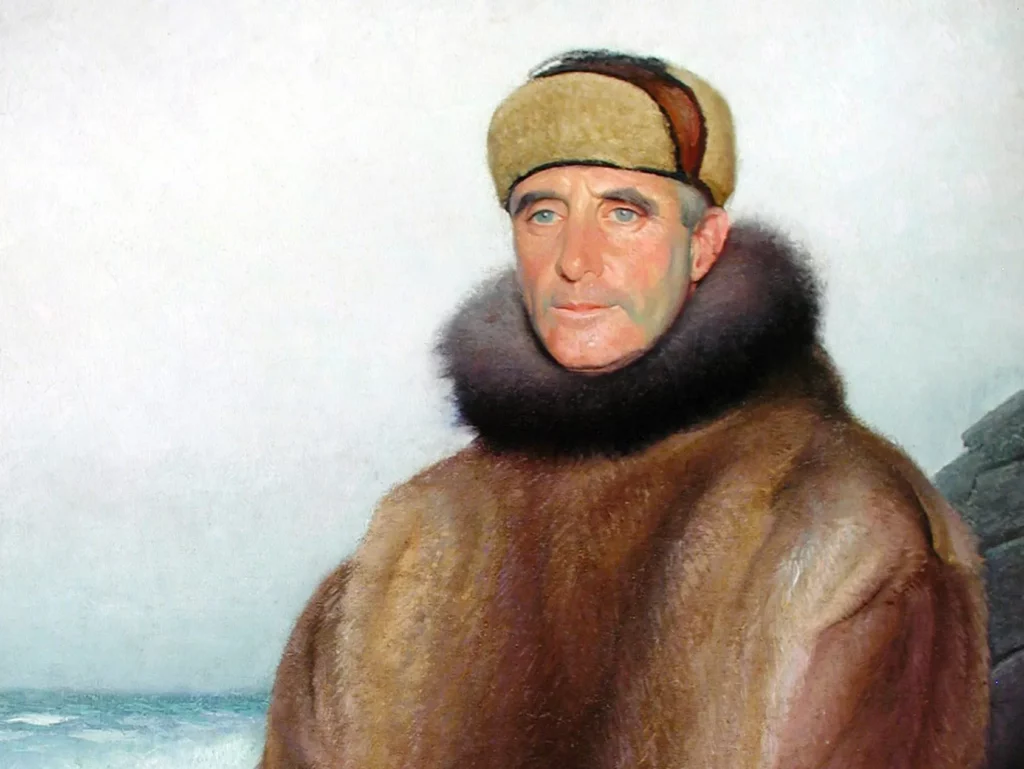
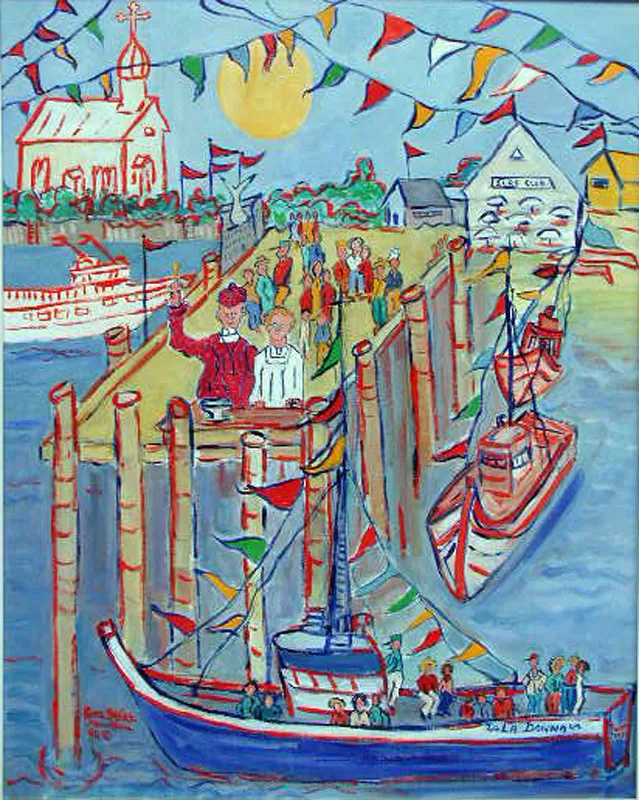
PAAM was established in 1914 by a group of artists and townspeople to build a permanent collection of works by artists of outer Cape Cod, and to exhibit art that would allow for unification within the community.
Integral to the community comprising the Provincetown Art Colony, PAAM embodies the qualities that make Provincetown an enduring American center for the arts, and serves as Cape Cod’s most widely-attended art museum.
As interest in the region’s contribution to American art history continues to grow, PAAM presents an ever-changing lineup of exhibitions, lectures, workshops and cultural events that seek to promote and cultivate appreciation for all branches of the fine arts for which Provincetown is known.
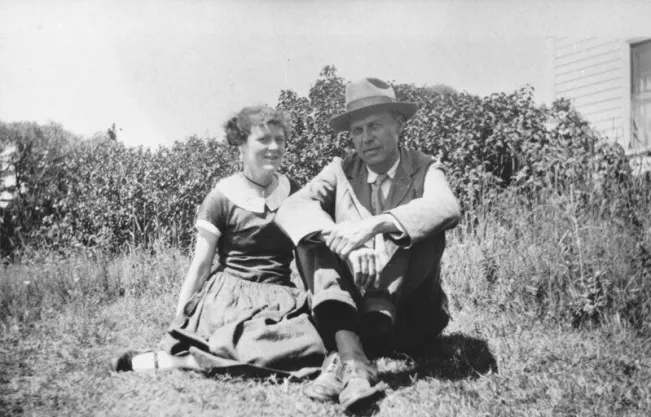
In 2016, PAAM received an extraordinary gift: 96 drawings by Edward Hopper, 69 drawings and watercolors by his wife, Josephine Hopper, and 22 diaries dating between 1933 and 1956 chronicling the Hoppers’ lives on Cape Cod and beyond.
Hopper’s landscapes are synonymous with Cape Cod. Arriving with Josephine in 1930, they spent almost forty years in their classic Cape house with a large window overlooking Fisher Beach. Right up until his death in 1967, the Cape is where he would go to paint what became some of his most famous works, including Cape Cod Sunset, Corn Hill, Seven A.M., and Gas. In total, he painted more than one hundred oils and watercolors depicting Cape Cod.
Robert Motherwell was another artist who spent time in Provincetown. His daughter Lise remembers …
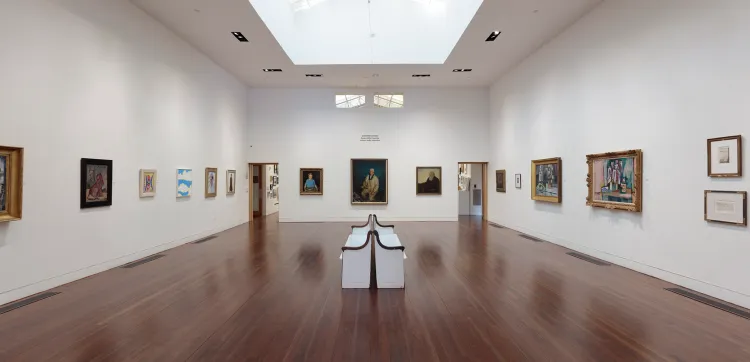
Visit PAAM
